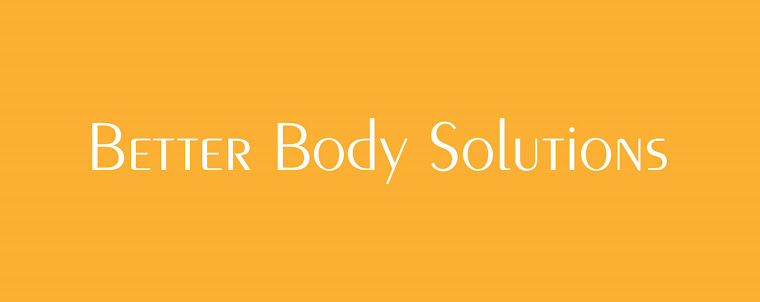Beauty may be in the eye of the beholder but in some ways humans seem hard-wired to find particular characteristics more attractive than others. I recently read an interesting article published in the journal PLoS ONE. In a study conducted at Georgia Gwinnett College and the University of Texas at Austin, scientists found that just as women seem to prefer particular shoulder-to-hip ratios for men, men find specific waist-to-hip ratios (WHR) more attractive for women.
It may come as no surprise that the ratio men prefer represents the hourglass figure type (think Marilyn Monroe or Mad Men’s Christina Hendricks). When men were presented with photos of this figure, reward centers became activated in their brains. The researchers suggest that a more voluptuous figure is a “cue” that a woman is fertile and healthy. In other words, humans have evolved this brain response because it increases the possibility of reproduction and, not to get too dramatic, survival of the species.
Although this study suggests that some kind of mathematical ideal exists and that viewing certain female shapes will literally chemically reward a man, women may view their own attractiveness differently. After all, humans aren’t robots and there is more to attraction than the curviness of a woman or the muscularity of a man. People are individuals with different behaviors and backgrounds.
For example, many female patients come to my office to use the Zerona laser for areas on their arms instead of their waist; others perceive “problem areas” where none really exist. Also, men and women don’t necessarily pursue better figures just to please each other (in any case, most don’t admit to doing that). And, both sexes have their own specific ideals of what they think will make them most attractive. In recent decades, those ideals often appear more a product of culture than evolution. Case-in-point: The stick-thin waifs that Western culture often promotes as the female ideal.
This is a fascinating topic but it would be interesting to see a study that examined how women and men view their own attractiveness. I wonder: How would the reward center respond when a woman views a photo of herself or a man of his self?
Link to research article:
http://www.plosone.org/article/info:doi%2F10.1371%2Fjournal.pone.0009042
skip to main |
skip to sidebar
Labels
- zerona (18)
- thyroid (15)
- functional medicine (11)
- pain relief (10)
- stress/adrenal/cortisol (10)
- brain (8)
- hashimoto (8)
- blood sugar (5)
- gastrointestinal (4)
- vertigo (4)
- Fibromyalgia (2)




No comments:
Post a Comment